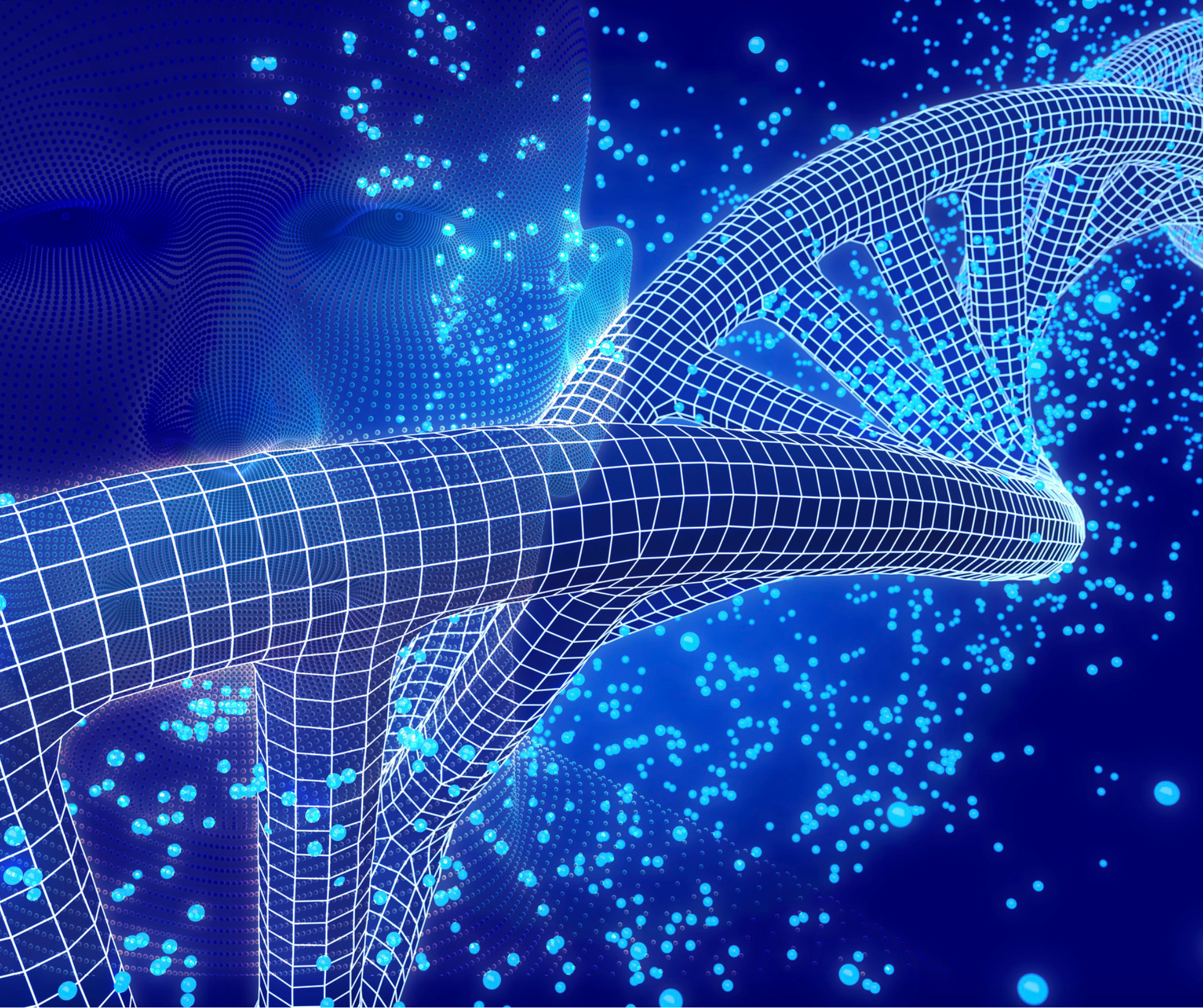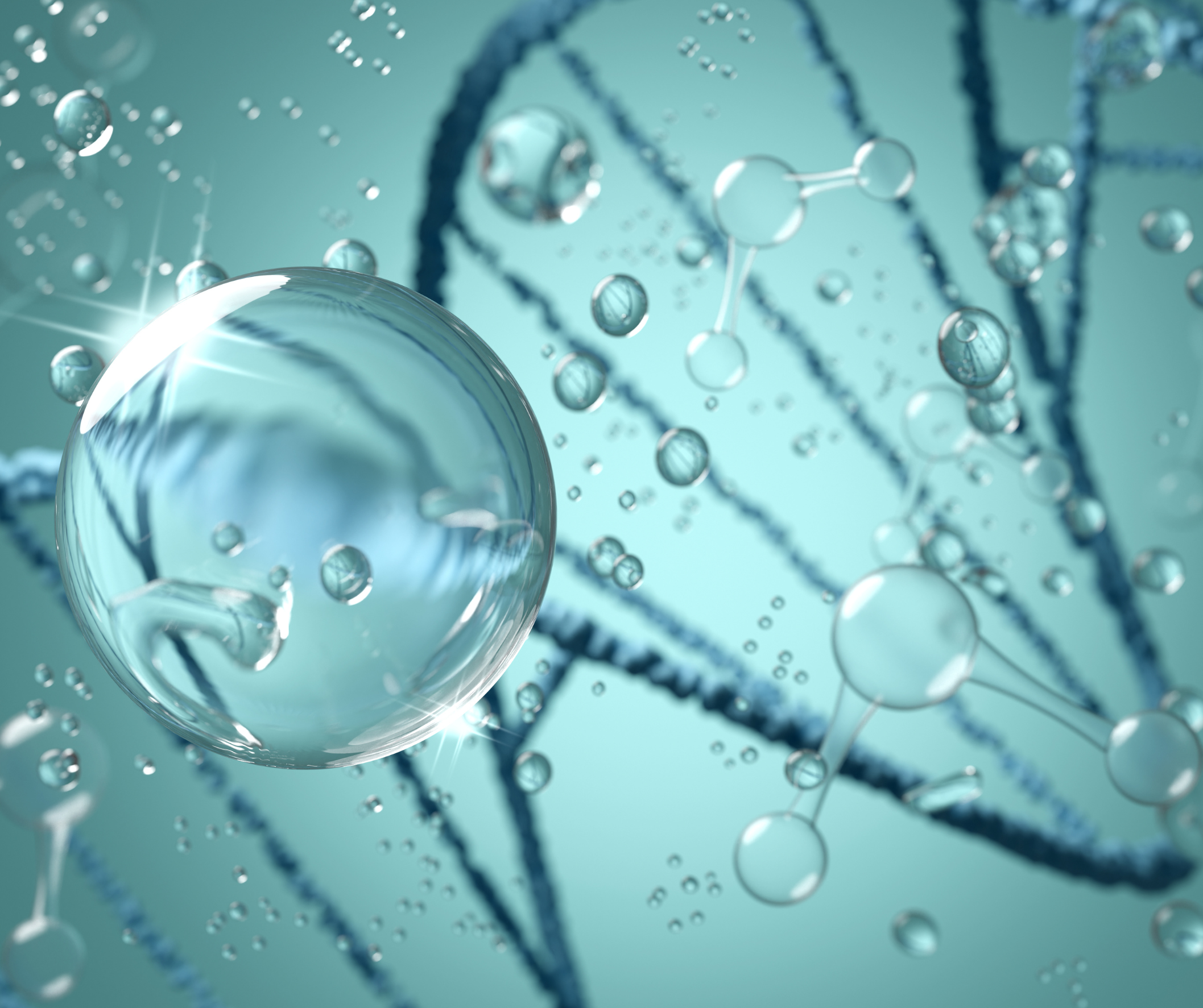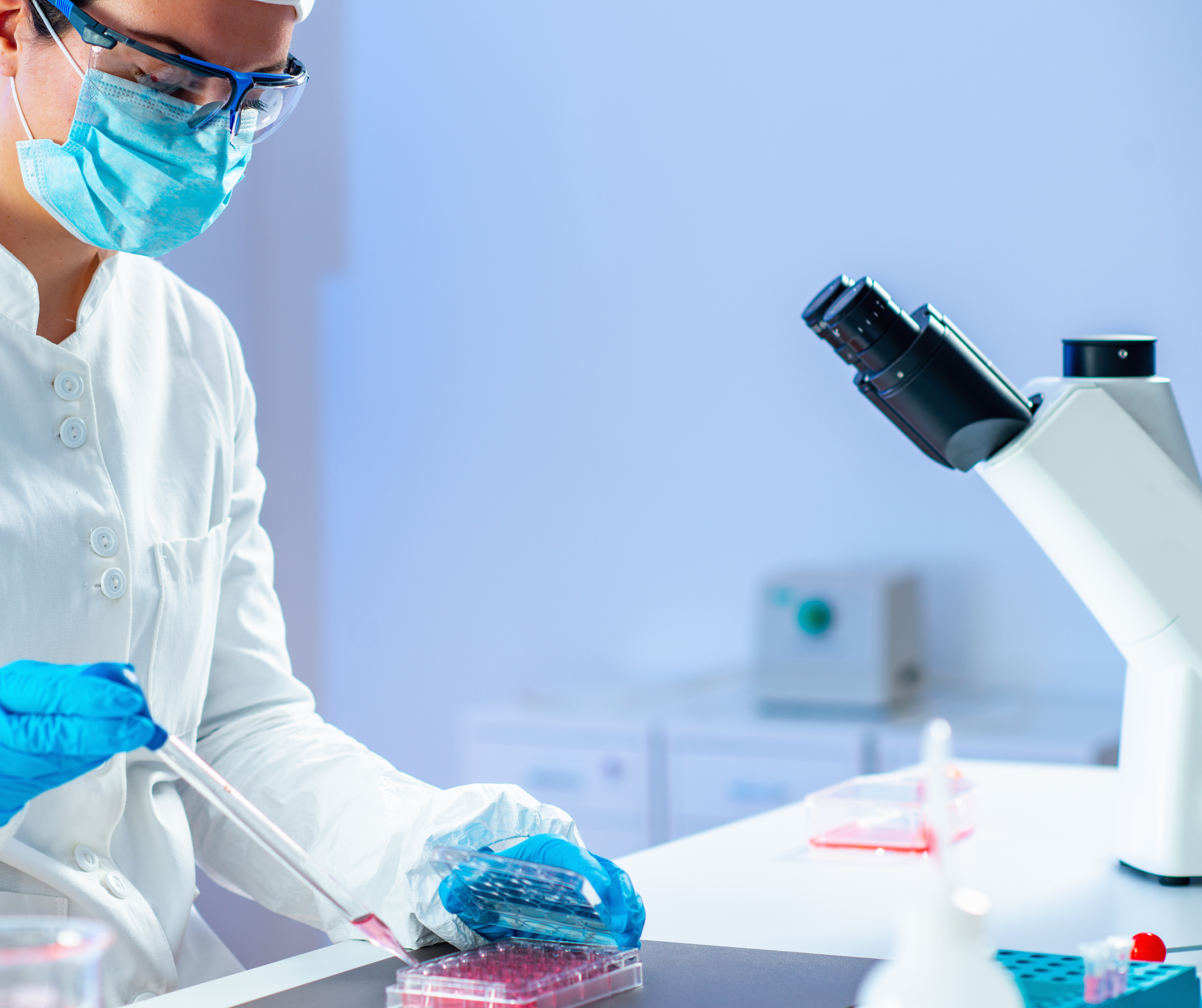
AI-Powered Innovation in Biosciences
Exploring how AI technologies like LLMs, RAG, and autonomous agents are revolutionizing drug discovery, food innovation, and cosmetic development with unprecedented speed and precision.
In March 2025, the world followed the remarkable story of Joseph Coates, a patient diagnosed with POEMS syndrome—a rare and typically fatal condition. With no viable treatment options, physicians were left with few answers. Yet an artificial intelligence model uncovered a hidden solution: an existing, approved medication whose side effect happened to alleviate Joseph's condition. Within weeks, his health began to improve. His life was saved—not by a breakthrough drug, but by AI.
Initially reported by The New York Times, this case is not an anomaly. It signals the emerging role of AI as a transformative force across the biosciences ecosystem. From pharmaceuticals and food to nutraceuticals and cosmetics, artificial intelligence is reshaping how companies discover, develop, and bring new products to market—faster, at lower cost, and with greater precision.

Key AI Technologies Driving Biosciences
Large Language Models (LLMs): From Data to Discovery
LLMs such as ChatGPT are AI systems trained on massive datasets of text, enabling them to understand, summarize, and generate natural language. In the context of biosciences, they serve as tireless research assistants—rapidly analyzing clinical trial reports, consumer feedback, scientific papers, and regulatory filings.
We can think of LLMs as "reasoning engines" capable of learning without the biases of human experience. Trained to solve problems without predefined answers, they often discover unconventional or previously unexplored solutions. That said, LLMs can hallucinate—fabricating plausible but false outputs—especially when operating without verified sources.
Retrieval-Augmented Generation (RAG): Embedding Real-Time Knowledge
RAG mitigates the limitations of LLMs by allowing models to retrieve contextually relevant documents from databases before generating responses. This enables the model to incorporate accurate, verified, and real-time information—crucial for regulated industries such as pharma and cosmetics.

Real-World Applications of AI Across Biosciences
AlphaFold, developed by DeepMind, predicts the 3D structure of proteins with remarkable accuracy. In 2022, it mapped nearly every known protein, solving a biological puzzle that had eluded scientists for 50 years.
Pharma: Faster Discovery and Drug Repurposing
Beyond Joseph Coates' case, AI has discovered novel antibiotics in hours and driven the first AI-designed drugs into clinical trials. Companies like Insilico Medicine are compressing discovery timelines by years. Initiatives like Every Cure aim to use AI for drug repurposing—matching existing medications to underserved conditions—potentially saving thousands of lives.
Food: Predicting What Consumers Will Want Tomorrow
FMCG leaders like Unilever and Coca-Cola use AI to analyze millions of recipes, ingredient combinations, and consumption trends. Unilever, for instance, developed a vegan mayonnaise and a low-salt bouillon cube after testing hundreds of formulations virtually.
Conclusion: Partnering for the Future
AI is no longer experimental—it is foundational. Industry leaders already have active AI initiatives in place, while agile startups are releasing algorithmically designed products at speed. Those who embed AI into their innovation pipelines will lead the next generation of biosciences.

The future of AI in biosciences